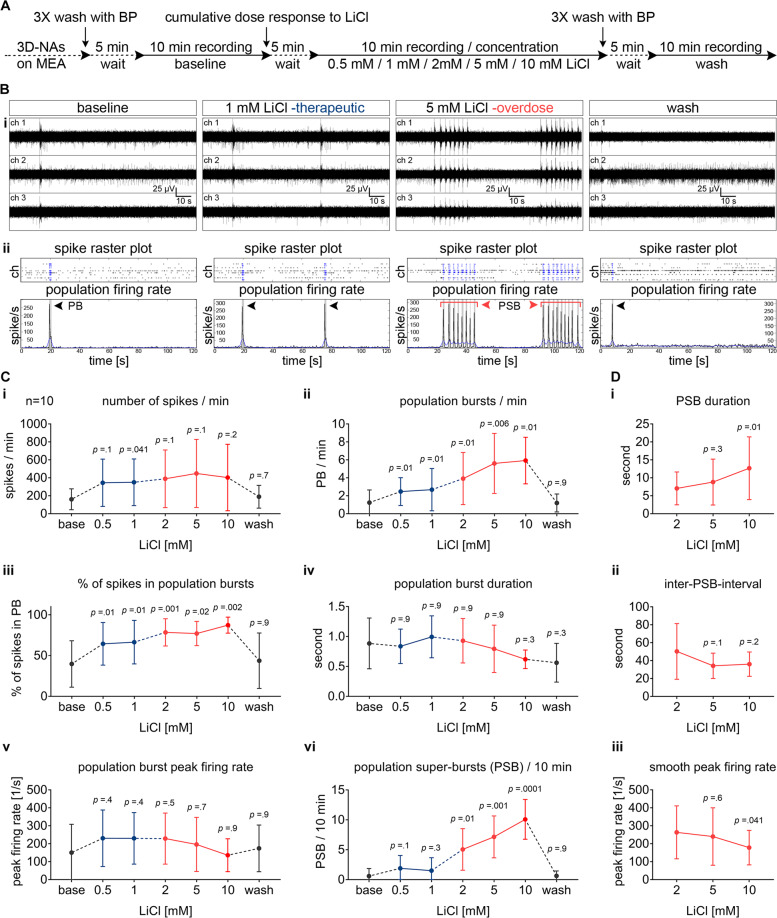Fig. 1. Concentration-dependent bi-modulatory impact of lithium chloride (LiCl) on human cortical networks recorded by MEAs.
A Schematic representation of the applied protocol to evaluate the cumulative dose–response to LiCl in the hiPSC-derived 3D-neural aggregate cultures with synchronous network activity (day 20–50 after seeding). B, i Representative examples of MEA-recordings (three individual channels are shown) with their corresponding B, ii Spike raster plot and population firing rate diagrams showing the properties of network activity in baseline and in response to therapeutic and overdose concentrations of LiCl. The black arrows are marking the population bursts (PB) and the red arrows with the red line mark the population super-bursts (PSB). C Diagrams illustrating the change of neuronal network parameters in response to increasing concentrations of LiCl in synchronously active human neuronal networks. D The properties of PSB activity in overdose concentrations of LiCl. The data are presented as mean ± standard deviation, n = 10, N = 3. One-way ANOVA with Dunnett’s correction (baseline compared to the indicated group) was applied to calculate the shown p values.

